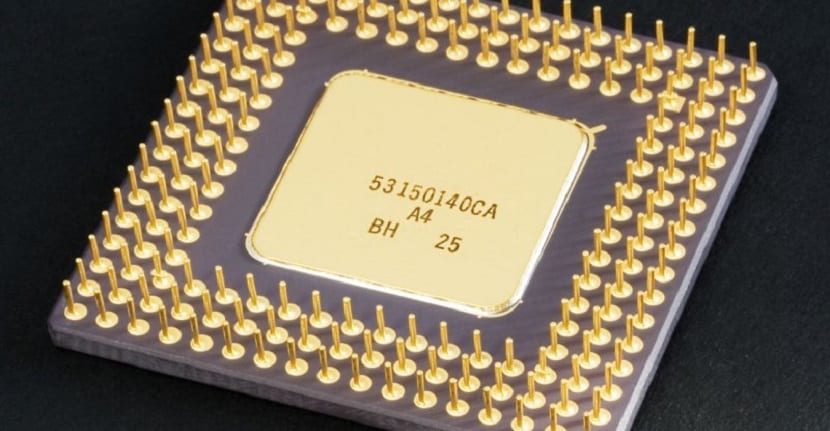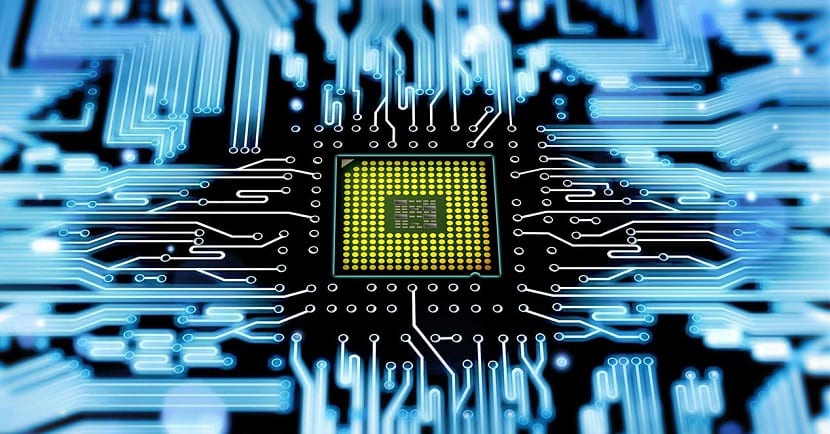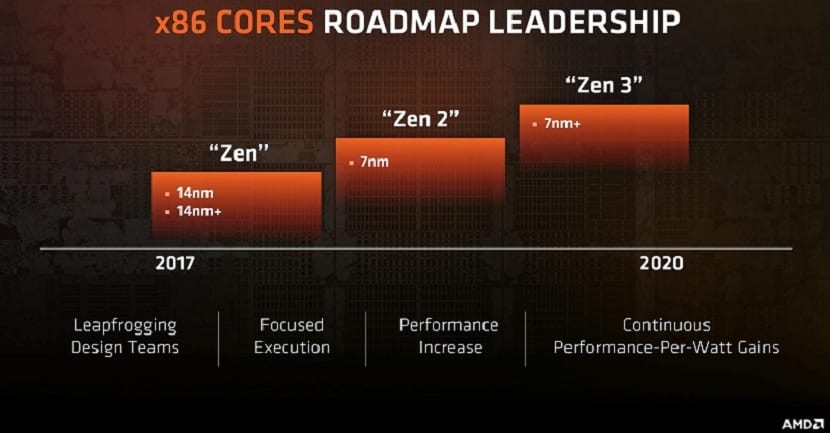
It is not the first time we have talked about the different manufacturing processes of processors, an issue that today seems to dominate with an iron fist Samsung that is seeing how practically all of its rivals today can not compete with its impressive arsenal of technology.
As you will surely be imagining, the great problem that lies in changing a manufacturing process is not only in researching and developing the necessary technology so that this change can be carried out, but very advanced financial and intellectual resources are needed so that, this evolution in the processes, do not be a failure, something to which very few companies in the world can access or are willing to pay.

Changing a manufacturing process directly affects the performance and power consumption of the chip
To understand this whole topic a little better, tell you that managing to develop a much smaller manufacturing process is not something 'Fashion', but the same directly affects performance and consumption that that particular processor can offer, something that ultimately translates into getting both processors for computers and graphics cards much more powerful, capable and efficient in terms of energy consumption.
Despite the fact that there are many competitors, we are not only talking about Samsung, but in the list we find other companies of great significance and world recognition such as AMD, Nvidia and Intel, the truth is that it seems that it is the Korean company which is one step ahead, at least until now, at which point a press release from GlobalFoundries, a company that has just announced that they are very close to implementing the manufacturing processes of 7 nanometers.

GlobalFoundries is already working on the manufacture of 7 nanometer processors
To get an idea of what the announcement made by the leaders of GlobalFoundries means, tell you that AMD plans to launch the new Ryzen and Threadripper based on manufacturing processes of 14 nanometers and 12 nanometers respectively, a technology that they intend to evolve until reaching 7 nanometers in 2019 and 5 nanometers already in 2020. For their part, Intel wants to manufacture processors 10 nanometers this same year while, by Nvidia, will begin to work with 12 nanometers.
As you can see, we are talking about a very delicate issue, which may be key to one or the other company gains much more share in a market where benefits seem to be the basis for their achievement, hence the amount of economic resources that these companies are investing to achieve being benchmarks in their respective markets is very high.

Thanks to the 7 nanometer processes, it will be possible to break the 5 GHz barrier in current processors
Going into a little more detail, tell you that just above these lines I have left you an image where a kind of graph is represented with which GlobalFoundries wanted to show in a very simple way how, by changing the manufacturing processes of the processors, the performance of a processor can be increased. In this example, apparently the same processor, manufactured in 7 nanometers, increases your performance by 40% compared to the same processor made in 14 nanometers. At the same time, electricity consumption is also reduced by 60%.
The different processors manufactured in 7 nanometers will be more efficient and it is expected that, in turn, they will heat less. These characteristics will allow the creation of equipment with passive dissipation, something that can be vital for example in laptops and other mobile devices where it seems that there is no space for complex ventilation systems. To all this we must add something as simple as the fact that, finally, we will be able to overcome a barrier that seemed unattainable until recently, that of 5 GHz on the processors.
To get an idea of the latter, tell you that, today, the AMD Ryzen 2700X, which stand out because they are capable of working at 3'7 GHz, reaching 4'35 GHz in boost operating mode, going on to be manufactured in 7-nanometer processes could break the barrier of 5 GHz in boost mode.